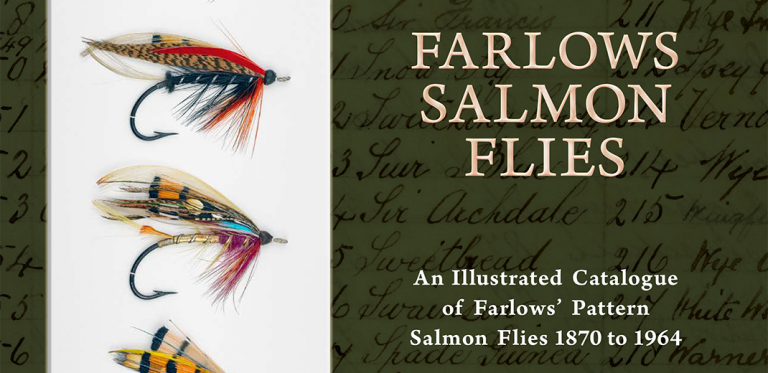I was Chairman of the Board of Farlows when the original Pattern Books spurring this publication resurfaced and returned home to Farlows.
I vividly recall when Peter Cresswell and Martin Lanigan-O’Keefe visited my home in 2015 to see the books for the first time. It was only then I realised the real significance of the ‘collection’ and its importance to the history and heritage of salmon fishing and of course Farlows.
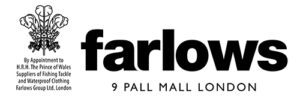
This all happened whilst Farlows were celebrating their 175th anniversary and Martin wrote an article on the books for their 175th anniversary book and from that came the vision for this publication.
I have nothing to add to the marvellous review by Dr. Andrew Herd (reproduced here below with the kind permission of Keith Elliott of Classic Angling magazine) but do want to add my personal extremely grateful thanks to Peter for first bringing the existence of the books to my attention and to Martin who has painstakingly ensured the collection will be kept in good condition to be enjoyed by future generations and also for his monumental effort in producing this book. Watching his passion, dedication and professionalism during the process has been a unique and rewarding experience for me.
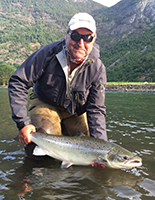
Richard Hewitt
Fish and Fly Ltd
Farlows Salmon Flies – compiled by Martin Lannigan O’Keeffe
Reviewed by Dr Andrew Herd
This is one of those books that comes up once in a lifetime. The fact it has been published in ours is something for which we should be thankful. In years to come, it is likely to become a collector’s item, to be spoken of in hushed tones.
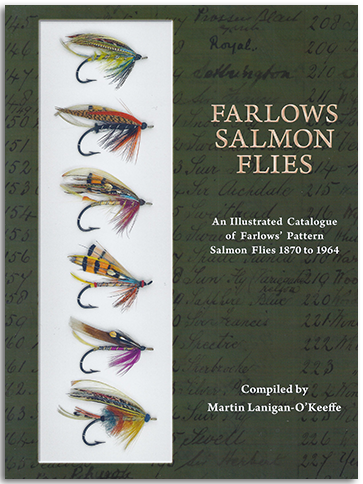 This is not a salmon fly encyclopaedia as we know it. Do not purchase this book expecting to find dressings for each pattern entered alongside it. Had that been done, the publisher would have had to double the book’s size, not to mention tripling the already considerable amount of research needed to write it. What you get is a detailed view into the “pattern books” that Farlow maintained over the best part of 100 years to ensure its fly dressers tied precisely what customers wanted.
This is not a salmon fly encyclopaedia as we know it. Do not purchase this book expecting to find dressings for each pattern entered alongside it. Had that been done, the publisher would have had to double the book’s size, not to mention tripling the already considerable amount of research needed to write it. What you get is a detailed view into the “pattern books” that Farlow maintained over the best part of 100 years to ensure its fly dressers tied precisely what customers wanted.
You might ask why such pattern books existed, when so many flies can be found in late 19th-century encyclopaedias of salmon fishing. But when you realise over 700 flies are listed here, you appreciate that at times, even the most retentive memories failed. Sure, much of the time it was possible to check out a dressing in Kelson’s The Salmon Fly and Tips, Francis’s A Book on Angling or the Badminton Library’s Fishing: Salmon and Trout, but these were not the kind of items to be found abandoned on the shop floor.
Even if a pattern could be found, the chances of an illustration was low. To make matters worse, the exponential growth in numbers of salmon flies between 1867 and the early 1890s meant there had been a 25-year gap when virtually nothing was recorded in print. Even The Fishing Gazette, The Field and Land and Water were wanting in this respect.
Throw the occasional influential customer’s home-grown personal favourites into the mix, and recall that until the end of the third quarter of the 19th century and for some time beyond, many clients preferred their flies tied to a quite different aesthetic to the one we preserve today, and you have some idea of the challenge facing tying shops. Problems could even occur when someone asked for a fly listed in a firm’s catalogue, because only the most popular ones were kept in stock, while a few languished untied from one season to the next.
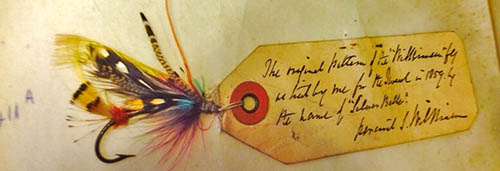
John Farlow founded his tackle shop in London around 1840 and was soon joined by his brother, but it wasn’t long before the pair parted ways and Charles continued alone.
The business flourished, thanks to regular advertising in papers like Bell’s Life. By the 1860s, Farlow was a fully paid-up member of the angling establishment, consulted by writers like Francis Francis and well placed to supply customers fishing around and beyond Britain.
As his business expanded, a fly-dressing department was created, and as with every enterprise, an initial period of patchy record-keeping was succeeded by a need for better organisation. So between the 1890s and about 1920, Farlow’s dealt with what was almost certainly an archaeological dig’s worth of scribbled papers with flies hooked into them, by compiling an index and creating two volumes containing the flies.
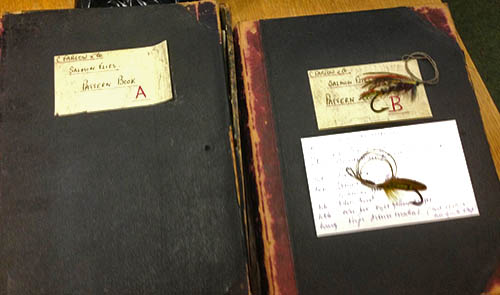
These works bound together large vellum pages, each one of which hosted several rows of loops used to secure the patterns, with the index number of each fly written above its loop. This wasn’t infallible. Sometimes, a fly was noted in the index but no example was tied, in which case the index usually directed the reader to one of sources listed above – a slightly risky process in retrospect, given Kelson’s awful record on accuracy.
Despite the challenges involved, maintaining these pattern books had its rewards, because Farlow’s persisted with the system until the early 1960s. Similar books were maintained at Hardy’s and at just about every other retailer that tied its own flies, but in the vast majority of cases, these books have either been lost or have found their way into the hands of private collectors, thus disappearing from our ken. Providentially, this one has not, and it provides a fascinating window into what Farlow’s customers liked to fish in the years leading up to the First World War.
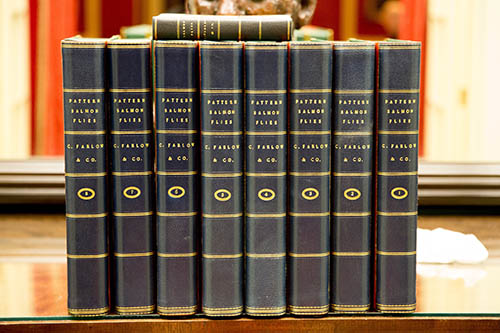
Farlows Salmon Flies begins by setting the historical perspective, and moves on to describe the challenges faced by the author in writing a coherent account for a set of books that, for all that they contained specimen flies, had been maintained on an ad hoc basis as a working reference.
Despite labels having been attached to the flies sometime after 1910, the books contain duplicates as well as incorrectly named flies; there are flies in the books but not in the index; patterns where the only hint that the original existed is an entry in the index and an empty space; and flies that are identical, bar minor differences in the material used to dress the body or wing. Making sense of it all must have been a nightmare. We have to give grateful thanks to Martin Lanigan O’Keeffe for having the sublime patience to take on this daunting challenge.
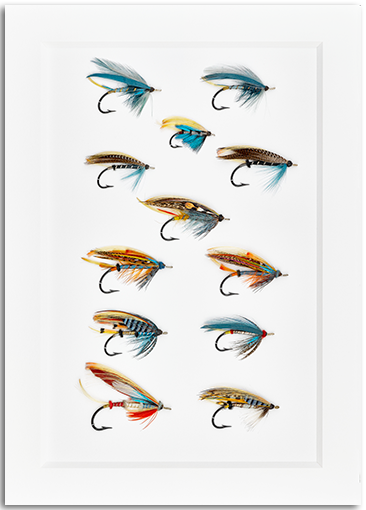
The next section extends to 313 pages and it shows each fly, with a life-size or near life-size picture where possible, together with details of its history where known and a note on where the dressing can be found, assuming that it is listed somewhere. Very fortunately, most dressings can be found in the standard works.
The book finishes with a couple of appendices, the first containing colour reproductions of the pages of salmon flies found in Farlow’s catalogues, while the second checks flies found in the pattern books against their appearance in some of the catalogues. Finally, there is an index of flies, together with a general index. The book is huge, by the way, at 290mm by 225mm and weighs more than two kilos, so don your steel toecaps before you mess with it.
An interesting problem occurs with the earliest flies, because some date back to before the 1870s, when it was relatively rare for salmon flies to have names. This probably accounts for the appearance more than one version of patterns like the Grey and Brown, the Orange and Grey, and the Lee Blue, none of which were ever an exact science, coming from before the days when salmon fishermen became wedded to a precise order of things. The author indulges in much speculation about these, all of it entertaining.
One of the challenges was that many flies occur nowhere in the literature, which is more or less what one would expect, given the improbability that every single dressing ever invented found its way into print.
Since the fly dressers at Farlow’s didn’t write any dressings in the book, the only way of recreating these patterns is to settle down and work them out for yourself. But the author gives some helpful clues. A good example is the “LAW fly” listed on page 160,
a wonderful low-water item with a pale green floss body and a lot of tippet.
Another agreeable conundrum that Farlows Salmon Flies poses is the way it lists “mystery” patterns. In the index, the Lascelles is accompanied by a reference to Francis, but original examples have been lost, assuming any were ever present, so there is no picture in the book. If you want the dressing, though, the reference to Francis is enough, and details can be found on page 348 of the early editions of A Book on Angling, and page 364 or so in later editions.
Much the same applies to the Laxford, for which there is no photograph either, but the pattern can also be found in Francis’s book, just under the Lascelles. Better yet are patterns where Farlows Salmon Flies lists several different possibilities. My favourite is Kelson’s Inky Boy, for which three different dressings can be found between The Salmon Fly, Tips, and The Fishing Gazette. Farlow’s customers clearly weren’t satisfied with that, because the pattern books contained a fourth.
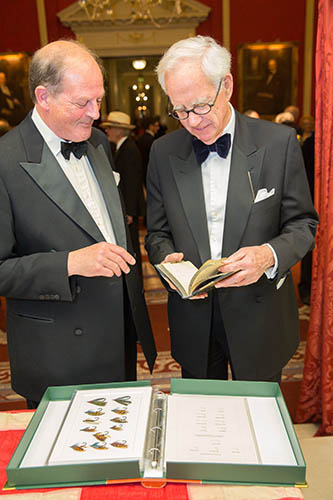
The flies in the pattern books have now been cleaned, but very fortunately they have not been “restored”, and the photographs are so good that most surrender their secrets without too much effort. However, if you have grown up with the late 19th-century salmon fly tying aesthetic – as most of today’s classic tyers have done, thanks to the many excellent publications on the subject – you are in for a shock.
Many flies are tied to mid-19th-century standards, with relatively thick, tapering bodies and, horror of horrors, cover yer eyes, lads, dare I say it… mixed wings. Some are exceptionally fine, my absolute favourite being the Erle King, a stunning item from its Indian crow and topping tail, to in-your-face macaw, guinea fowl, peacock herl, black partridge and just about anything else that takes your fancy wing. They do not make ‘em like that any more.
A feature that will doubtless cause much discussion is that the flies are tied to nowhere near the standards one would expect to see at a fly fair these days. And for good reason. The men (virtually never women) who dressed them were expected to finish between three and four dozen a day, depending on the pattern’s complexity. I know little about the early Farlow’s tying practices, but the vast majority shown here were almost certainly tied in the hand, because it was faster.
And there would have been a strong emphasis on making sure that they were tied to last. After all, the firm’s reputation was riding upon their products’ performance and staying power. This built-in toughness is one of the many reasons why the condition of flies shown is so good.
Farlows Salmon Flies therefore raises a question about what we are trying to do when we “recreate” classic salmon flies today. Many flies shown would be laughed at, were they presented at a show today. Yet it is unarguable that these pattern books contain precisely the standard of fly that anglers were happy to fish with in the times that our classic salmon fly tyers are trying to revisit. I do not, by the way, have an answer to this, but it poses is an interesting question.
By now, you have a good idea of the vast amount of information and downright fun lurking in the pages of Farlows Salmon Flies. Do you need a copy? Not really. Do you want a copy? Yes, absolutely. This isn’t a work you are going to read from front to back. It isn’t the “last reference” on classic salmon fly patterns either. But boy, does it paint the horizon wide. A whole, rich world awaits anyone who wishes to explore what is portrayed in these pages, and the author has given us the keys to the door. My advice is to open it.
Dr Andrew Herd
How To Purchase
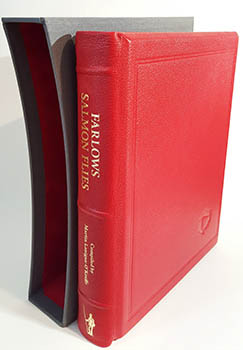
Farlows Salmon Flies by Martin Lanigan O’Keeffe, Regular edition – £50
Limited edition of 25 in leather with two Farlow’s flies from the period – £795
Published by Coch-y-Bonddu Books
To purchase the book please go to http://www.anglebooks.com or visit Farlows in Pall Mall where there may be some signed copies available.
I would recommend also purchasing at a cost of just £9.95, Farlows 175th Anniversary Book (Edited by Keith Elliott).
For a subscription to Keith Elliott’s wonderful Classic Angling magazine visit http://www.classictitles.com

